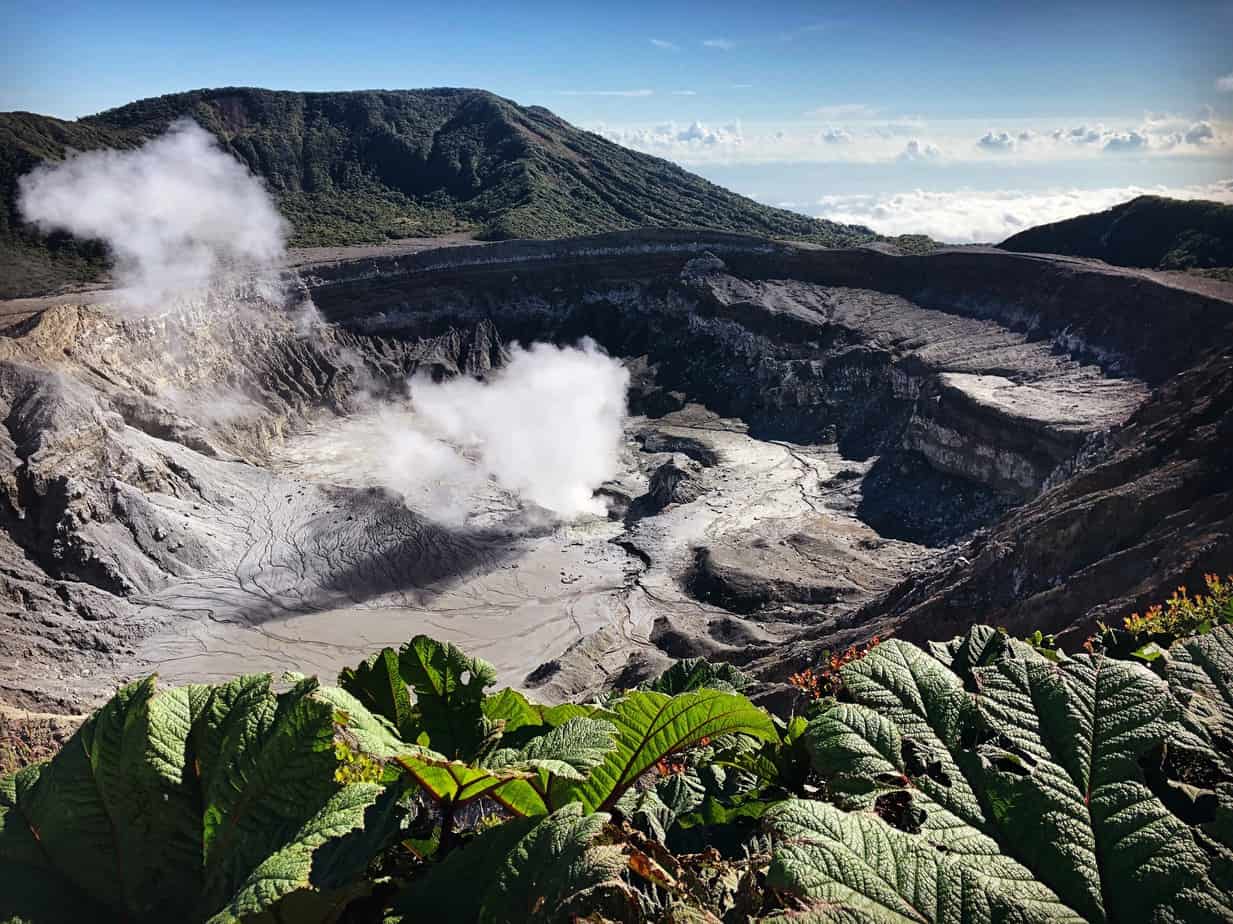The Poás Volcano National Park was included in the World Geological Heritage list by The International Union of Geological Sciences (IUGS).
The decision to include it in the list was based on the assessment of 33 international experts who reviewed the nominations of 181 sites from 56 countries.
Adolfo Quesada, professor and researcher at the School of Geography of the University of Costa Rica (UCR), and Dennis Pérez, independent geographer and consultant, submitted the National Park’s candidacy. They have been conducting several studies on the country’s geo-heritage, geo-conservation, and geo-tourism.
Poas Volcano is “an iconic and type example of an arc shield-like massive stratovolcano and type example of an active crater lake complex.”
IUGS publication describes the volcano as a “huge arc volcano-tectonic massif, large enough to deform gravitationally under its own weight (Borgia et al., 1990),” and as “one of the most studied volcanoes in Central America, but also a global tourist attraction.” Additionally, the Poas Volcano is considered a “globally important site for geosciences.”
Along with Poás, the Grand Canyon (USA), the Perito Moreno glacier (Argentina), the Santorini caldera (Greece) and Uluru in Australia were also included.
“They are places that helped to develop the science of geology. They are the world’s best demonstrations of the planet’s geological features and processes. These places represent fabulous discoveries about the Earth and its history,” mentioned IUGS.
The volcano is in a highly seismic zone (even caused by its presence) and is highly rainy, which causes landslides that also influence its shape. It constitutes a barrier for the winds and humidity that travels from the Caribbean to the Pacific. Also, its height favors the presence of certain types of forest.
“The climate conditions the vegetation. In this National Park, there are many unique species of flora and fauna,” Quesada said.
On the other hand, the crater lake attracts the attention of scientists due to its activity. There have been phreatic eruptions whose columns have risen hundreds of meters, ejecting volcanic materials and water.
“The Poás itself is a laboratory of Earth Sciences. You can do studies on climate, geology, volcanism, tectonics, geomorphology, soil evolution, vegetation, and biodiversity,” Quesada concluded.
Costa Rican researchers revealed that Chirripó would be the next Costa Rican candidate for World Geological Heritage status.

